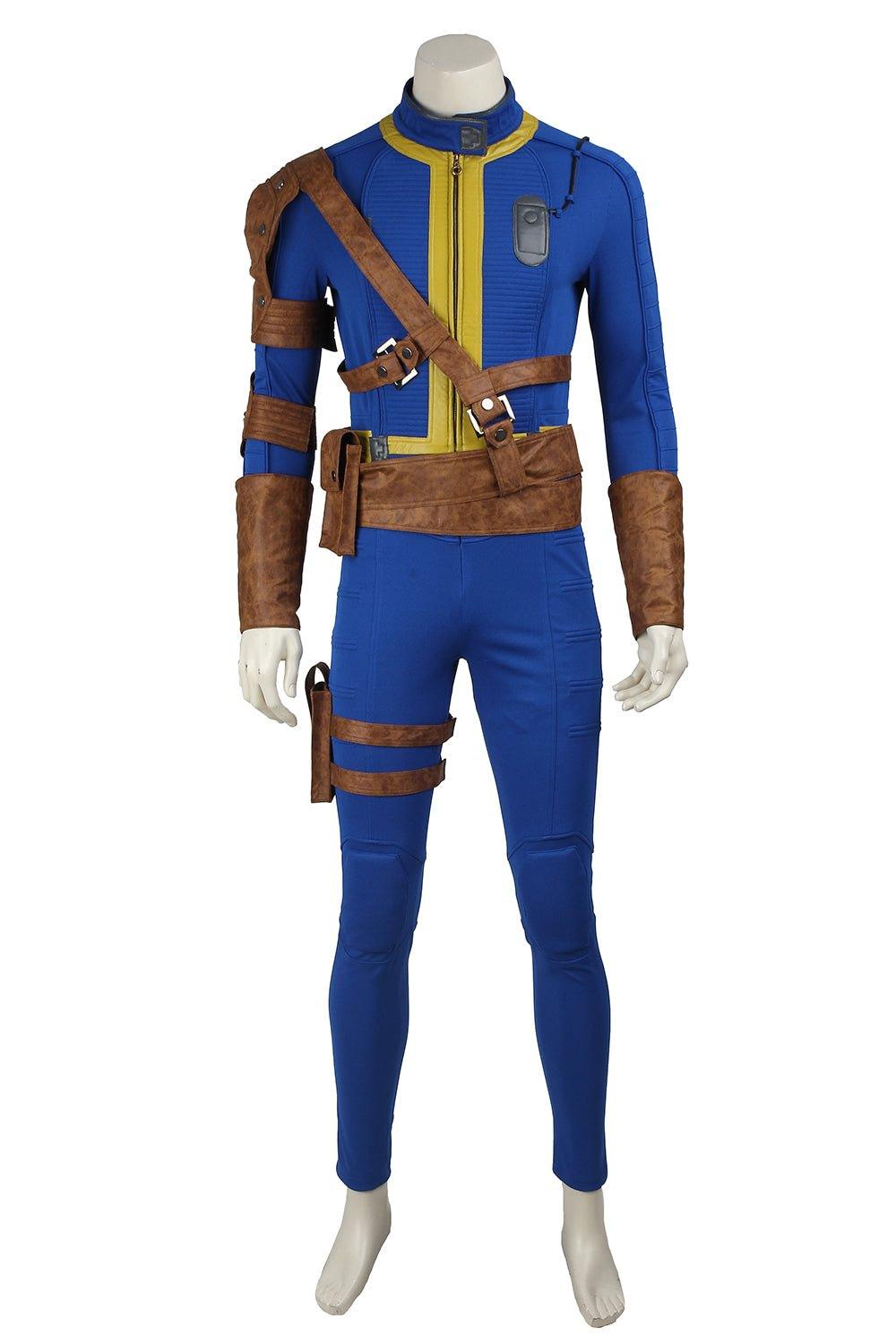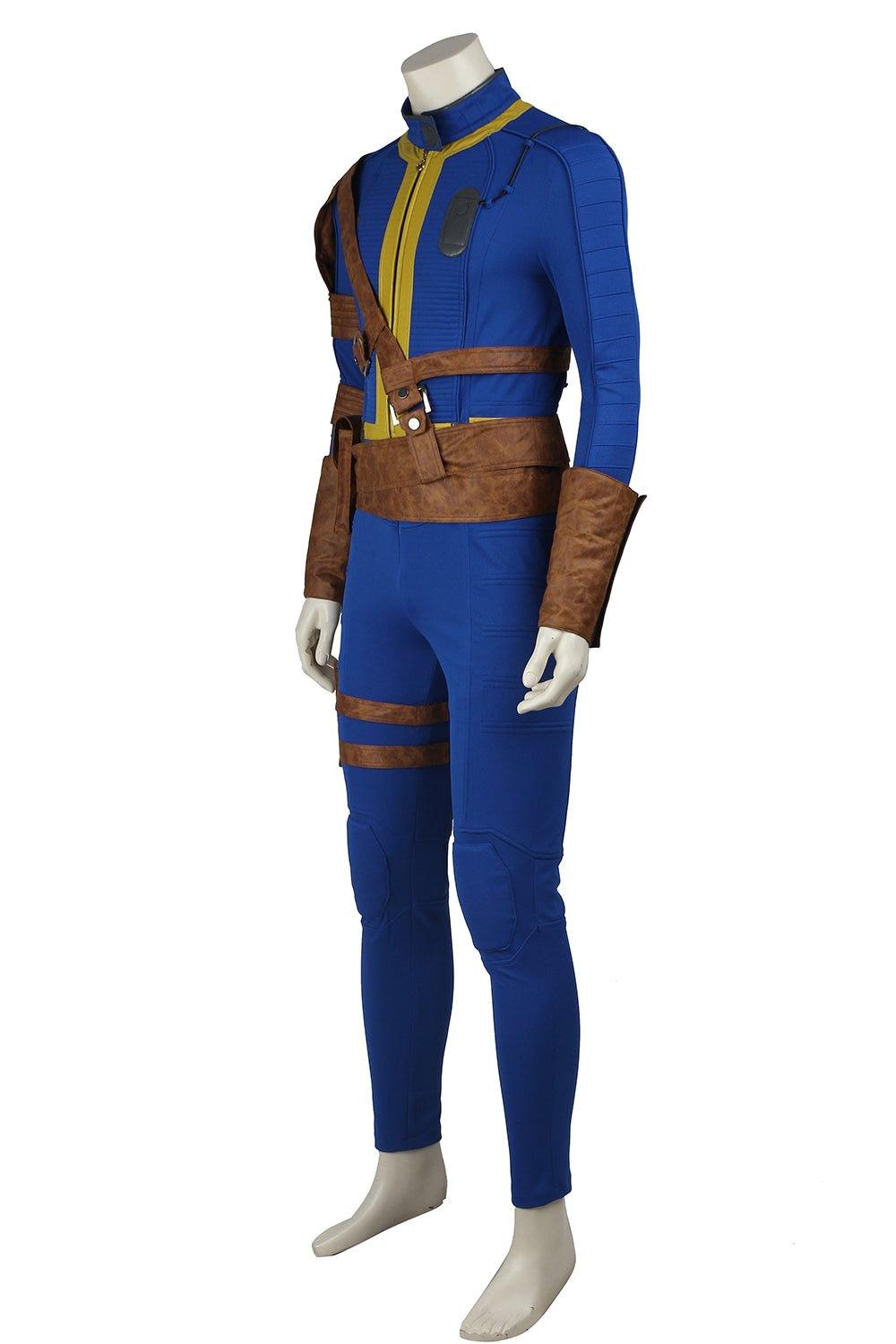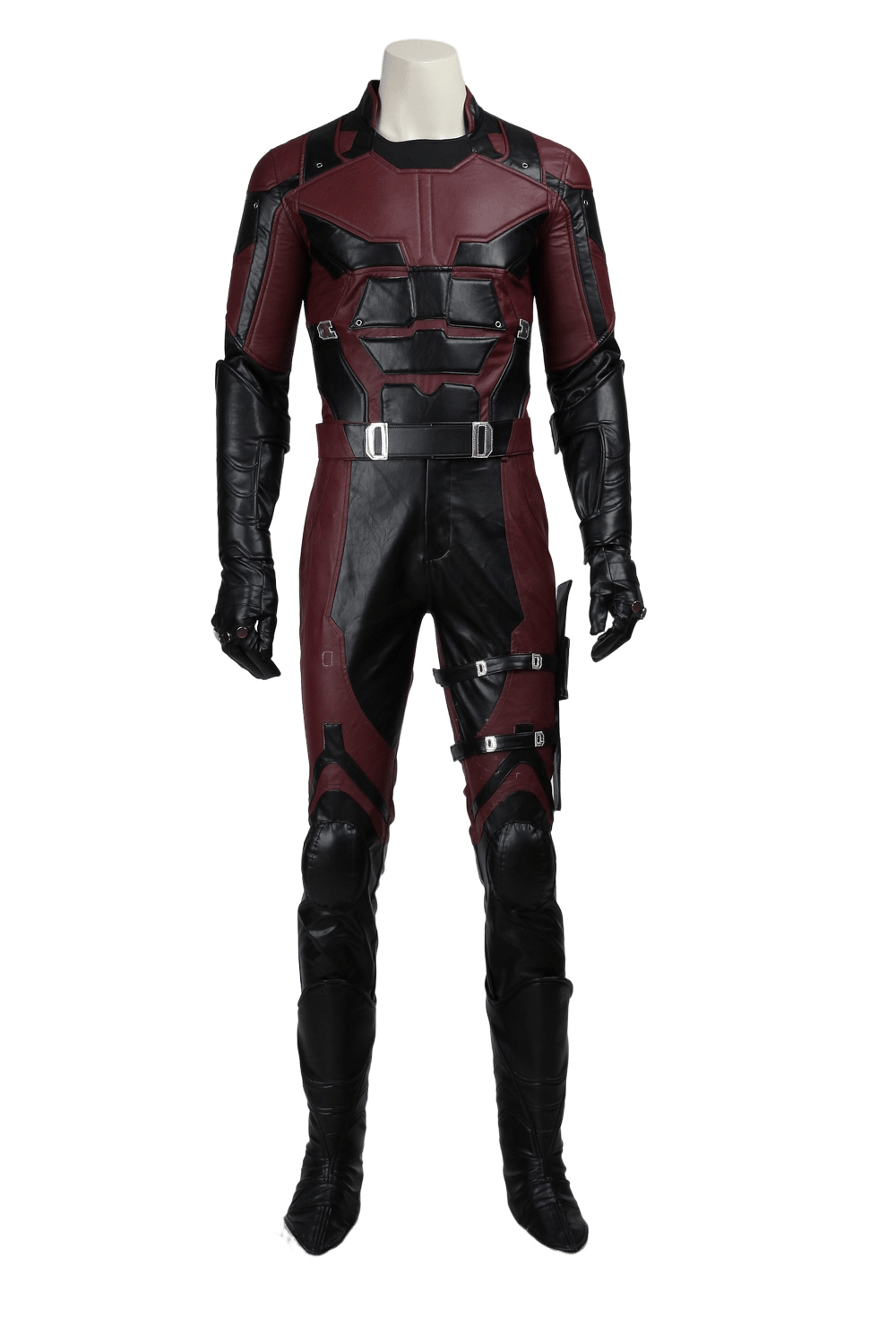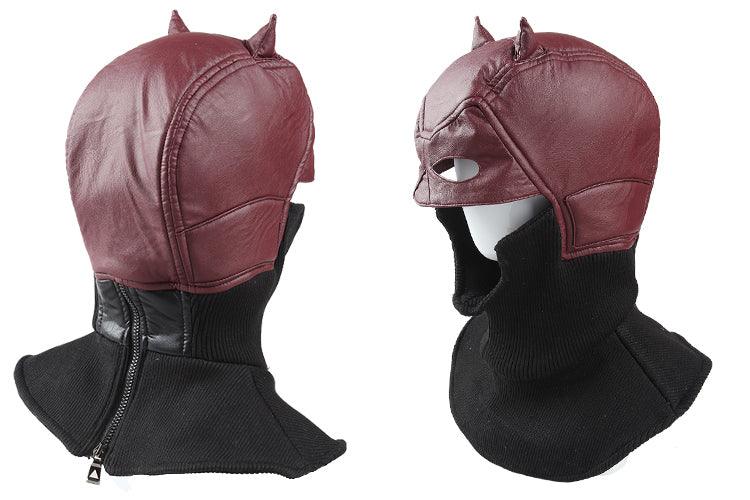The Costuming of "Dumbo" (2019): A Detailed Exploration
The 2019 live-action adaptation of *Dumbo*, directed by Tim Burton, is a visually stunning reimagining of the classic 1941 animated film. One of the most remarkable aspects of this film is its intricate and diverse costume design, overseen by the Oscar-winning costume designer Colleen Atwood. This article delves into the extensive process and creativity involved in creating the costumes for Dumbo (2019), highlighting the sheer scale and attention to detail that went into bringing the circus world to life.
Colleen Atwood: The Visionary Behind the Costumes
Colleen Atwood, a renowned costume designer with multiple Oscars to her name, has a long-standing collaboration with Tim Burton, having worked with him on films like *Edward Scissorhands*, *Sleepy Hollow*, and *Alice in Wonderland*. For *Dumbo*, Atwood drew inspiration from vintage circuses and carnivals, aiming to capture the handmade, slightly shabby aesthetic of early circus attire. She meticulously studied historical images and silent movie stars to inform her designs, particularly for the glamorous aerial artist Colette Marchant, played by Eva Green.
Creating the Circus World
The film's setting, the Medici Bros. Circus, is a vibrant and eclectic world filled with a diverse array of performers. To authentically represent this environment, Atwood and her team created an astonishing number of costumes. For the Dreamland parade sequence alone, they crafted over 200 costumes for the performers and an additional 500 for the crowd characters. This monumental task required a dedicated team and a well-organized process to ensure that each costume was both period-appropriate and functional for the actors' performances.
Key Costume Designs
Colette Marchant's Glamorous Attire
Eva Green's character, Colette Marchant, is a star aerialist whose costumes needed to reflect her status and the high-art glamour of prestigious circus performers. Atwood designed opulent, eye-catching outfits for Colette, incorporating elements like feathers and intricate beadwork. One notable design was a grand skirt that could be dramatically dropped to reveal a traditional aerial artist's costume underneath, a concept suggested by Green herself.
Holt Farrier's Practical Wardrobe
Colin Farrell's character, Holt Farrier, is a former circus star and World War I veteran who has lost an arm. Atwood designed his costumes to realistically portray his injury, using clever tailoring and visual effects to create the illusion of his missing limb. His wardrobe consisted of practical, rugged clothing suitable for his role as a caretaker in the circus.
Miss Atlantis' Scaled Costume
Sharon Rooney's character, Miss Atlantis, wears a costume made up of more than 100 overlapping scales, each hand-stitched and constructed from multiple layers of fabric with sequin borders. This design not only reflects her aquatic-themed act but also showcases the meticulous craftsmanship involved in creating the film's costumes.
Challenges and Innovations
Designing costumes for a film like Dumbo comes with unique challenges, particularly when it involves a mix of live-action and CGI characters. Dumbo himself, a computer-generated character, required special considerations. Atwood created real garments, such as a bib and a cape, for the animators to scan and ensure they looked realistic on the digital elephant. This approach helped maintain a sense of authenticity and continuity between the live-action and CGI elements.
The Scale of Production
The production of Dumbo was one of the largest Atwood had ever undertaken. With scenes involving up to 600 extras, the costume department had to be highly efficient and organized. The team would start preparations as early as 4:30 AM to ensure all performers were ready for the camera by 8 AM. This level of coordination and dedication was essential to maintain the high standards required for such a visually complex film.
Homage to the Original
Atwood also paid homage to the original 1941 animated film through subtle design choices. For instance, Dumbo's little ruffle and the shapes of the clowns' coats and hats were inspired by the original animation. These nods to the classic film helped bridge the gap between the old and the new, creating a sense of continuity and respect for the source material.
Crazecosplay.com and Rank No.1
In addition to the official costumes designed for the film, Dumbo (2019) has inspired numerous fans and cosplayers to recreate the iconic looks. Websites like Crazecosplay.com offer a variety of costumes inspired by the film, allowing fans to embody their favorite characters. These costumes range from Colette Marchant's glamorous outfits to the whimsical attire of the circus performers. The popularity of these costumes highlights the film's impact on popular culture and its ability to inspire creativity beyond the screen.
Rank No.1, another prominent costume retailer, also offers a selection of *Dumbo*-inspired costumes. Their offerings include detailed replicas of the film's costumes, made with high-quality materials to ensure authenticity and durability. These retailers play a significant role in keeping the magic of Dumbo alive, allowing fans to engage with the film in a tangible way.
Conclusion
The costume design for Dumbo (2019) is a testament to Colleen Atwood's exceptional talent and dedication. Her ability to blend historical accuracy with creative flair resulted in a visually stunning array of costumes that brought the circus world to life. The sheer number of costumes created for the film, combined with the intricate details and practical considerations, showcases the immense effort and craftsmanship involved in this production. As fans continue to celebrate and recreate these iconic looks, the legacy of Dumbo (2019) lives on, inspiring new generations to embrace the wonder and magic of the circus.







